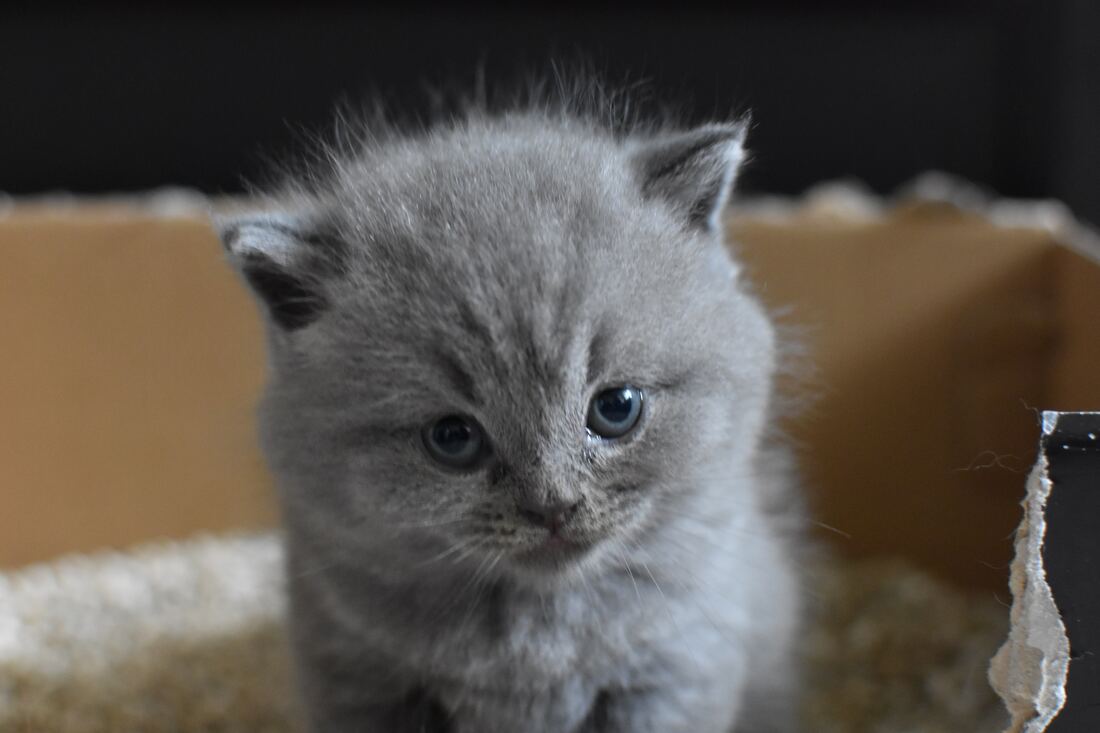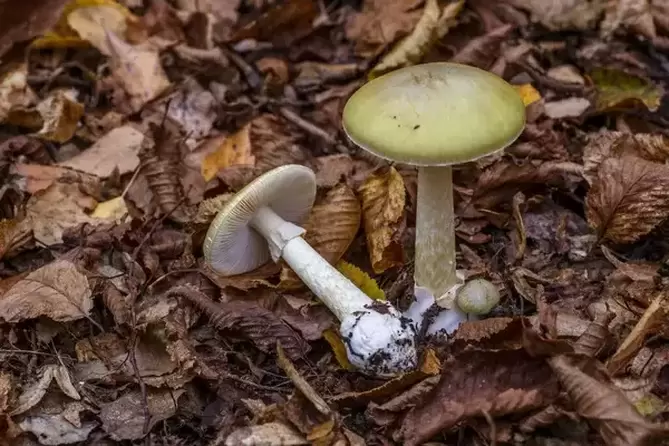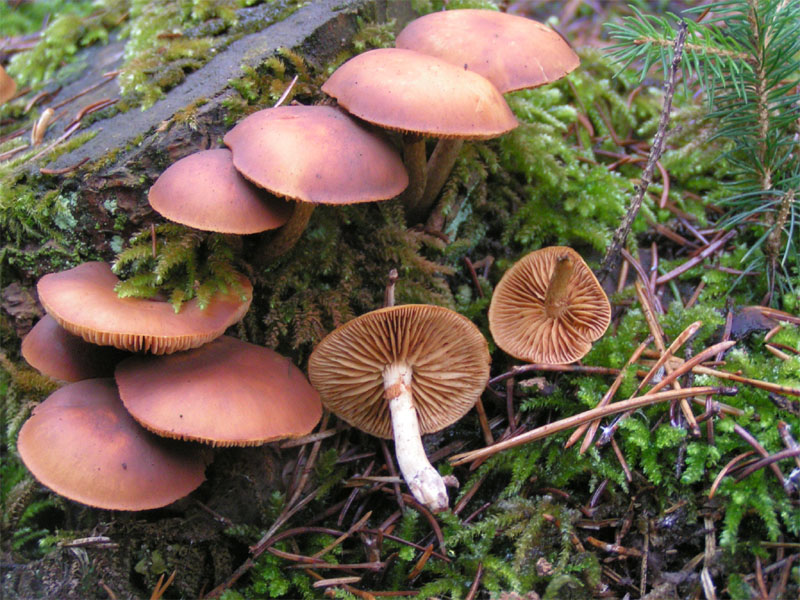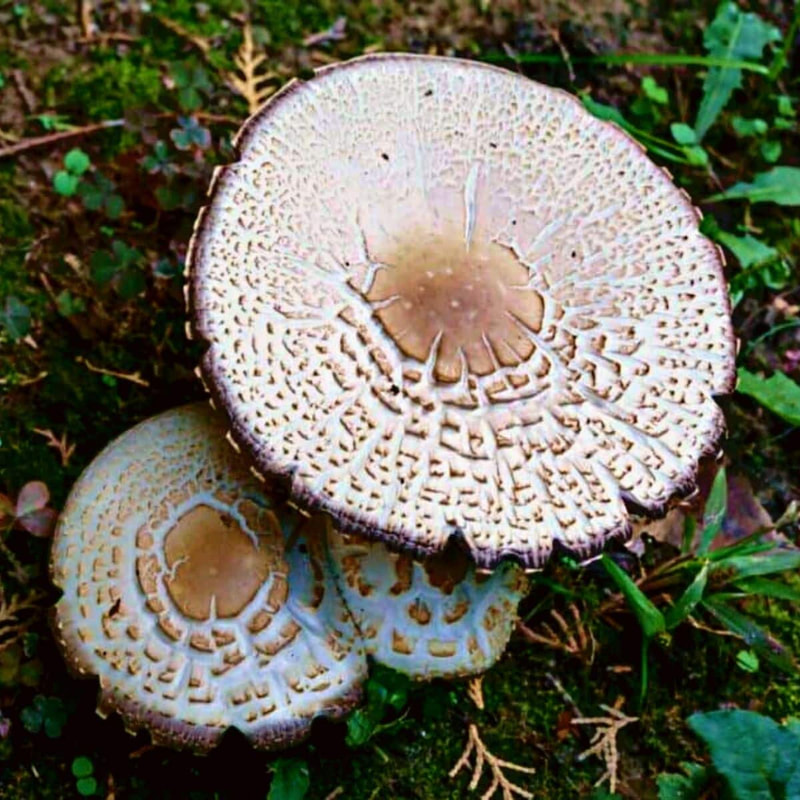|
As someone who scoops many litter pans a day (my own and clients’) I have used just about every type available. When considering the type of litter you buy, make sure that your cat likes the kind you think they will like. Some cats like small grain sizes and won’t use the larger particle sized litter. Some cats do not mind the large particles. It is ok to to have different litter in different litter pans until you see which your cat prefers. Then you can stick to that type.
This is not a comparison of brands, but a comparison of types of litter. When buying litter for the first time or when considering a change, some factors to consider are the type of material the litter is made of, odor control capability, clumping ability, dust level, tracking level, how often it needs to be scooped and replaced. The basic types of litter are made from clay, newspapers, corn, wheat, grass, wood, walnuts, ceramic pellets, and silica crystals. Each has its own pros and cons. The most commonly used litter is made from clay. Clay litter comes in clumping and non-clumping. It is suggested that clumping litter should be scooped daily and replaced monthly. For non-clumping litter, some people scoop out the solid daily and completely dispose of the litter weekly. Both clumping and non-clumping come in scented and non-scented. Clay litter varies on amount of dust it produces when pouring into the litter box, while scooping, and while the cat is using the litter box. I have found that all clay litter produce dust, even the “Dust Free” kind. One large particle size litter is made from newspaper. It does not clump so the entire litter needs replaced more often than clay litter. Some people scoop out the solid waste daily, some change out the entire litter once or twice a week. It does produce a dust when pouring, but not as much as clay litter. Odor control is minimal. Since the particles are fairly large, they don’t track but while scraping to cover waste, a cat may throw some pieces out of the litter box. Another large particle size is made from corn. This type disintegrates when wet so is best used in a sifting type litter box where the small particles fall through holes in the litter box and can be cleaned from the lower box. Biodegradable litters are made from renewable resources. Some types are better at odor control than others. Some have their own odor due to what plant they are made of. The ones made from walnuts are the strongest odor, in my opinion. Some are better at clumping and staying clumped, with some, the clumps tend to disintegrate while scooping. The strongest clumping one that holds the clump the best is made from grass, in my experience. One large particle size litter is made from ceramic pellets. It is suggested that the solid waste be scooped out daily and then replaced monthly. With this type, there is a small pee pad that fits in a drawer below the litter compartment and can be changed as necessary. Odor control is minimal. A small particle litter that is made from silica crystals can help identify urinary system issues by changing colors when in contact with urine. There is a color-coded system that shows you what may be going on with your cat’s kidney health. This kind is easily tracked out of the litter box. Regardless of the type of litter, one thing to consider is if you have kittens, cats, or dogs who may try to eat litter. Clay litter will cause gastrointestinal issues such as blockages. Eating non-food items is called pica and should be addressed by your veterinarian for the cause. If you have an animal that likes to eat the litter switch to a biodegradable, non-clay litter. Scented litters are for the humans in a cat’s life, not the cat. The scents do not neutralize the ammonia odor from the urine but merely overpower the odor. A cat’s sense of smell is greater than humans and scented litter can cause nose blindness, sneezing, weepy eyes, and upper respiratory infections. While using the litter box, a cat scrapes to cover their waste. The scent particles in the litter then become airborne and inhaled and can stick to their fur. When the cat grooms itself, they then ingest the scent particles. If odor is an issue for you, scoop the litter more often, change litter more often, and sanitized the litter box regularly; use the correct amount of litter; or use a sprinkling of plain baking soda (not the perfume baking soda for litter boxes though). When selecting cat litter, keep in mind your cat and get the type your cat likes. You may have to try different types but your cat will tell you which is preferred. With so many brands and types to pick from, your cat will appreciate having the right type for him or her.
0 Comments
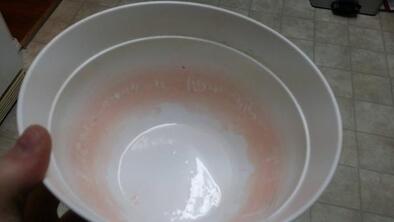 Picture obtained from https://post.bark.co/health/clean-dog-bowl/ Have you noticed a pink film in your pet’s bowl or is the water cloudy? That is caused by a bacteria called Serratia marcescens. It is an airborne bacteria that can be found in human and animal feces, dust, soil, anywhere moisture sits, and in surface water. Serratia marcescens grows in moist areas where phosphorous containing materials or fatty substances accumulate. The sources of the phosphorous is soap residue and food residue left behind after a pet eats and then drinks water. How do you get rid of it? Once established, it is hard to get rid of the bacteria, but frequent cleaning and disinfecting will help to minimize its growth. To clean a pet’s water bowl: Scrub the surface with a brush and household cleaner. Disinfect the bowl with a chlorine bleach solution and leave on the surface of the bowl for 10-20 minutes. Thoroughly rinse the bowl with clean water. Avoid using abrasive cleaners as they can scratch soft surfaces like plastic bowls which would provide more surface area for the bacteria to grow. Information on Serratia marcescens was obtained from: Gwinnett County Government and Ecowater Systems Bat Country Pet Sitting produced more information on bacterial films and can be read at https://www.batcopetsitting.com/biofilm-bacteria-pet-dishes/ Mushroom Poisoning in Dogs
Spring, summer, and fall are good seasons for yard mushrooms to grow. Most mushroom poisonings occur in September and October, but can happen any time of the year. Any ingestion of mushrooms by dogs should be considered a medical emergency. Of the 10,000+ mushroom species in the US., about 100 are toxic to dogs. The most fatal mushroom species are Amanita. Galerina, and Lepiota. Mushroom toxicity depends on the type of mushroom. Mushroom poisoning can cause drooling, vomiting, diarrhea, abdominal pain, weakness lethargy, abnormal heartbeat, difficulty breathing, stumbling, uncoordinated movements, disorientation, increased drinking and urination, yellow discoloration of eyes and gums, tremors or seizures and can lead to kidney and/or liver failure. The American Society for the Prevention of Cruelty to Animals has an interesting article on mushroom poisoning and dogs at https://www.aspcapro.org/resource/mushroom-poisoning-dogs There is no antidote for mushroom poisoning to date. Treatment may include inducing vomiting, or ingestion of activated charcoal. A veterinarian may begin IV fluids to counteract dehydration form vomiting or diarrhea. Dogs may be hospitalized for 3 – 5 hours in order to monitor their condition and kidney and liver values. Prevention is key to keep your dog safe from ingestion. Regularly check areas of your yard that your dog has access to and remove any mushrooms growing. While on walks or hikes, keep a close eye on your dog and keep them on a leash in areas where mushrooms are growing. PetMD published an article on the 6 Poisonous Mushrooms That are Toxic to Dogs at https://www.petmd.com/dog/slideshows/6-poisonous-mushrooms-are-toxic-dogs. Pictures are included in the article. |
|

